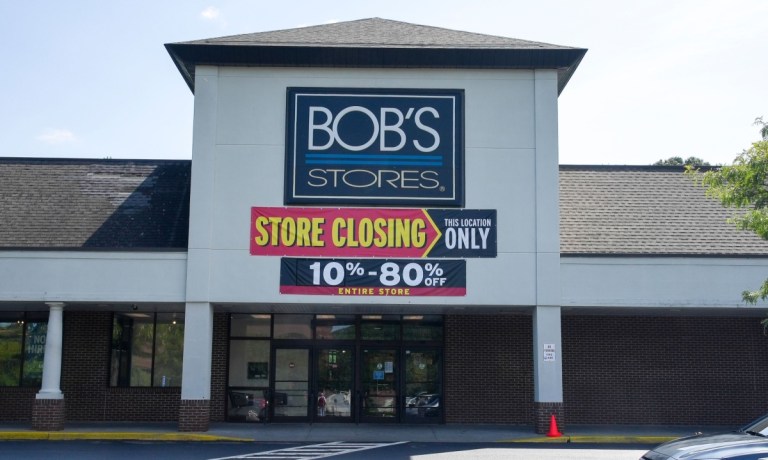Corporate Bankruptcies Surge as Consumers Cut Back

U.S. corporate bankruptcies are at a level not seen since the early days of COVID.
So far this year, there have been 346 business bankruptcy filings in the U.S., Seeking Alpha reported Saturday (July 13), citing S&P Global Market Intelligence data.
Last month’s filings were at their highest level since early 2020, the report said, with 75 bankruptcies. The overall listings for this year are higher than any comparable figure in the past 13 years.
The report noted the bankruptcies are happening against a backdrop of steep borrowing costs, supply chain slowdowns and a drop in consumer spending.
Most of the bankruptcies — 55 — happened in the consumer discretionary category, with 16 just in June. That was followed by 40 each for the healthcare and industrial sectors, 20 in informational technology, 19 in consumer staples and 16 in financial.
Recent research and reporting by PYMNTS has shown that consumers are cutting back as prices at the grocer and other retailers remain high.
As noted here last week, this trend has begun to impact discount retailers such as Big Lots, which recently announced it was closing dozens of its stores.
“In 2024, the U.S. economy has continued to face macroeconomic challenges including elevated inflation, which has adversely impacted the buying power of our customers,” the company said in a filing with the Securities and Exchange Commission.
Among the companies declaring bankruptcy this year is discount chain Bob’s Stores, which announced this month it was closing all 21 of its stores after almost 70 years in business.
“We regret that our financial position necessitated the liquidation of Bob’s Stores,” President Dave Barton said in a statement. “Bob’s has been a stalwart of our local communities for nearly 70 years, and we know our customers remember us as having been there for major moments in their lives.”
Financially constrained consumers are spending less on nice-to-have items. The “Why One-Third of High Earners Live Paycheck to Paycheck” edition of the PYMNTS Intelligence series “New Reality Check: The Paycheck-to-Paycheck Report” found that 69% of those who make less than $50,000 per year and 66% of those who make $50,000 to $100,000 annually said they cut back on nonessential spending because of retail product price increases.
In addition, PYMNTS Intelligence research from last year found that 42% of consumers who live paycheck to paycheck with issues paying bills don’t purchase nice-to-have retail items even occasionally, while 41% do not buy any nonessential items at the supermarket.